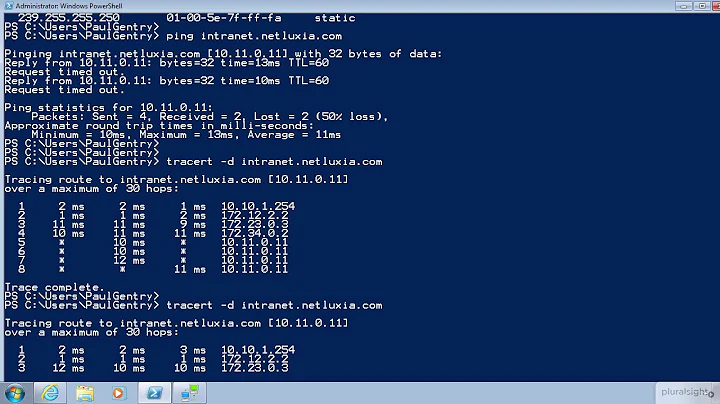When building a wireless network, you will definitely encounter this problem: How can you accurately, scientifically and quickly predict the approximate demand for wireless APs after inspecting the environment? With this question in mind, let’s discuss how to use bandwidth to estimate the deployment of wireless APs.

Factors affecting the number of wireless APs
When estimating the number of wireless APs, four key points need to be clarified, namely network bandwidth, throughput, AP coverage distance, and number of access points. The impact of these points on the number of wireless APs will be discussed below.
1 Network bandwidth
When discussing the bandwidth of a link, it refers to the number of bits that can be transmitted per second on the link, emphasizing the maximum achievable rate. For example, the bandwidth of 100M Ethernet is 100Mbps, and the bandwidth of Gigabit Ethernet is 1000Mbps.
2 throughput
Throughput and bandwidth are words that are easily confused. When discussing the bandwidth of a communication link, it generally refers to the number of bits that can be transmitted per second on the link. It depends on the link clock rate and channel coding. In computer networks, it is also called line speed, which can be said to be 100 Mbit/s. The bandwidth of Ethernet is 100Mbps. The difference between
bandwidth and throughput: Bandwidth emphasizes the maximum achievable speed, while throughput emphasizes the actual speed.
Because reality is affected by various inefficiency factors, we usually prefer to use "throughput" to express network performance.
3 coverage
In the scenario of non- high-density area, considering the number of wireless APs, the number of APs can be roughly determined based on the actual scene area and recommended coverage. In some cases, the maximum coverage distance can also be calculated, and the coverage range can be appropriately adjusted according to the power.

Fengrunda AP coverage area reference
4 Number of access users
In high-density areas, the number of access points also needs to be considered. Different models of wireless APs have different recommended access numbers in different scenarios, which can be determined by the number of concurrent access users. The number of wireless APs (there is a slight difference between laptops and mobile phones).

Fengrunda AP mobile terminal access reference
Bandwidth calculation
Many friends are often asked by customers: In this scenario, this solution deploys so many APs, does the bandwidth support it? If not, what is the user's network speed? Has it become too slow, or how much egress bandwidth is required for the deployed AP?
1, you can get the egress bandwidth based on the number of APs, the maximum number of concurrent users , and the bandwidth allocated to each user. WLAN capacity bandwidth = maximum number of concurrent users × bandwidth per user.
2, the maximum number of concurrent users can be estimated by 50% to 70% based on the number of people covering the scenario.
3, in order to allow each wireless terminal to have enough bandwidth to utilize, it is generally recommended that one wireless AP access 10~15 wireless APs (taking RD-W25AP as an example, based on the recommended access number in the above table).
4, number of APs = maximum number of concurrent users ÷ 15 (number of users accommodated by a single AP).
5, the bandwidth allocated to each user can generally be set to an intermediate value for calculation and estimation, such as 100kbps. (Common unit conversions: 1TB = 1024GB, 1G = 1024MB, 1MB = 1024KB, 1KB = 1024B, 1 byte = 8 bits.)
Example
The number of enrolled users in a university is 30,000, and there are 15,000 mobile terminal users. The concurrent ratio Calculated based on 50% to 70%, the bandwidth per user is 512Kbps. Find the approximate WLAN capacity and number of APs.
answer:
1, number of concurrent access users = 15000x (50%~70%) = 7500~10500 people;
2, number of APs = maximum number of concurrent users ÷15 = (7500~10500) ÷15 = 500~700;
3 , WLAN capacity requirement = (7500~10500) × 0.512 = (3840~5376) M.
Actual Internet application bandwidth calculation
When many people do project demonstrations, they will intuitively test the speed by connecting the device to WiFi. However, the theoretical broadband rate of the corresponding application can also be easily estimated by the download speed.
In actual Internet applications, when downloading software, you often see words such as download speed displayed as 128KB (KB/s), 103KB/s, etc., because the unit of line bandwidth provided by ISP is bits, and general downloads The software displays bytes (1 byte = 8 bits), so conversion is required to get the actual value.
We can convert it according to the conversion formula: 128KB/s=128×8(Kb/s)=1024Kb/s=1Mb/s, that is: 128KB/s=1Mb/s.
Theoretically: The theoretical broadband speed of 2M (i.e. 2Mb/s) is: 256KB/s (i.e. 2048Kb/s), and the actual speed is about 80~200kB/s; the theoretical broadband speed of 4M (i.e. 4Mb/s) is: 512KB /s, the actual rate is about 200-~440kB/s. The above data caused by
is mainly affected by many factors such as user computer performance, network equipment quality, resource usage, network peak periods, website service capabilities, line attenuation, signal attenuation and other factors.
Well, after reading the above, do you guys know more about wireless AP networking? Welcome to leave a message in the article comment area!





















